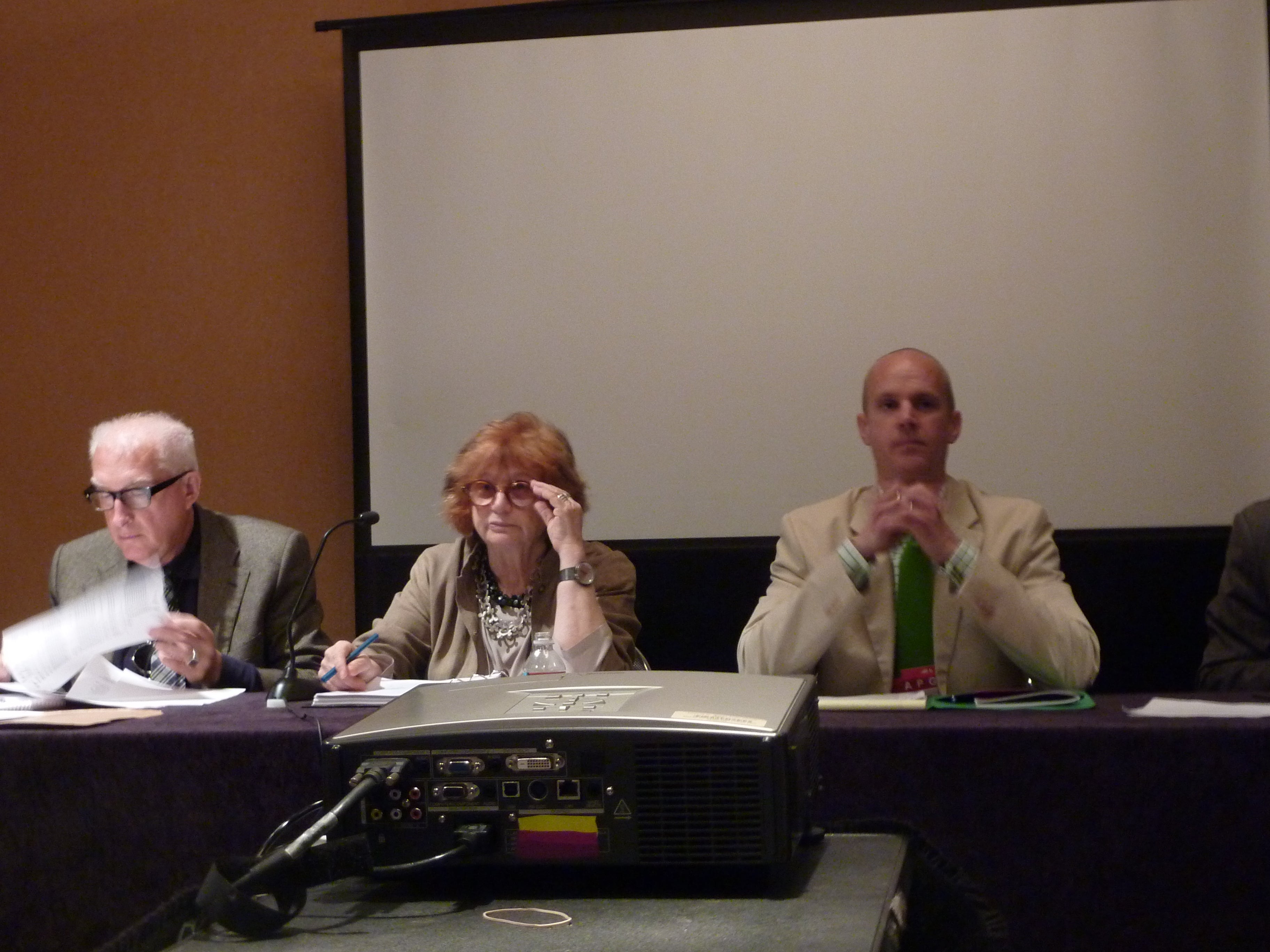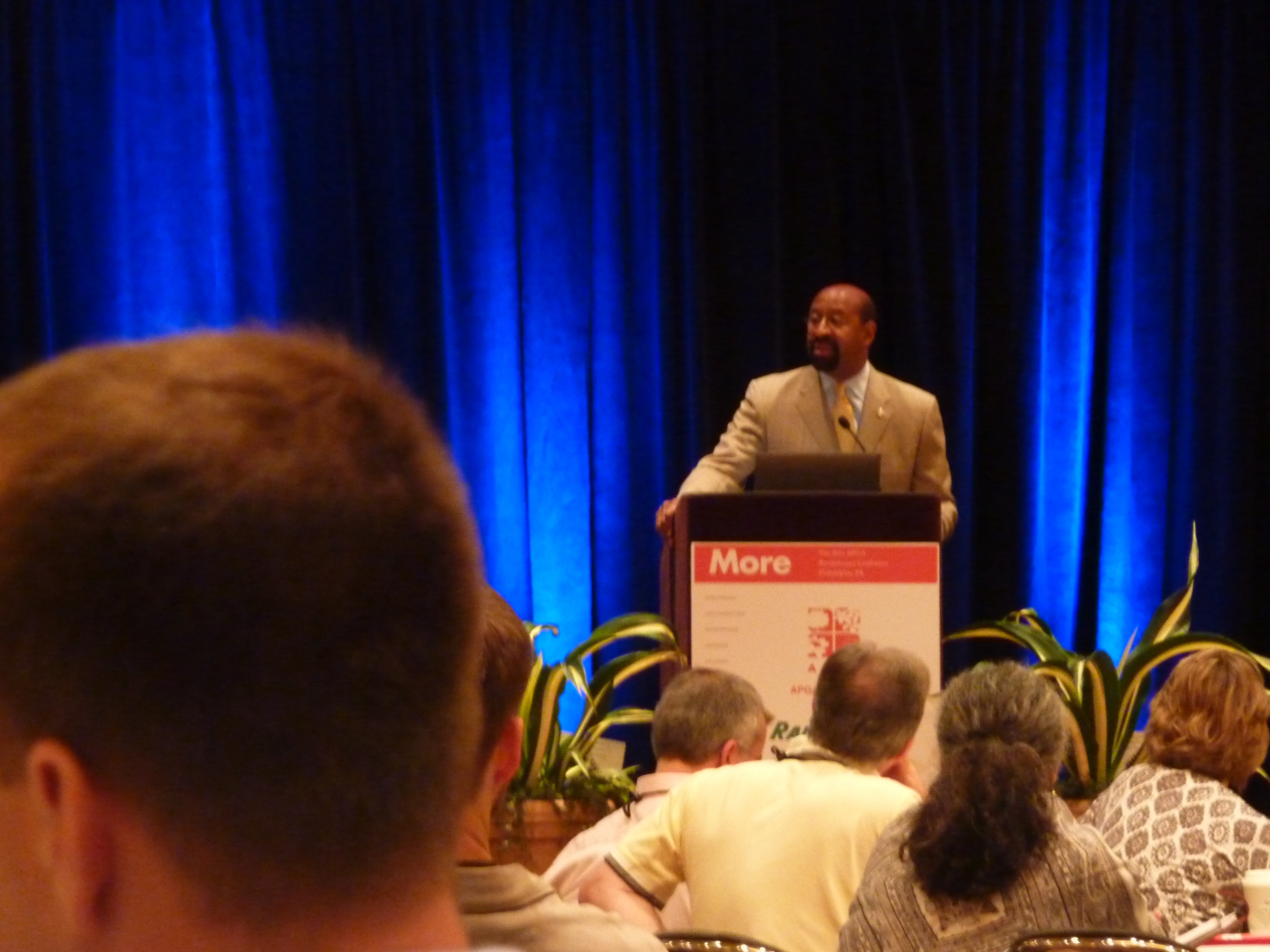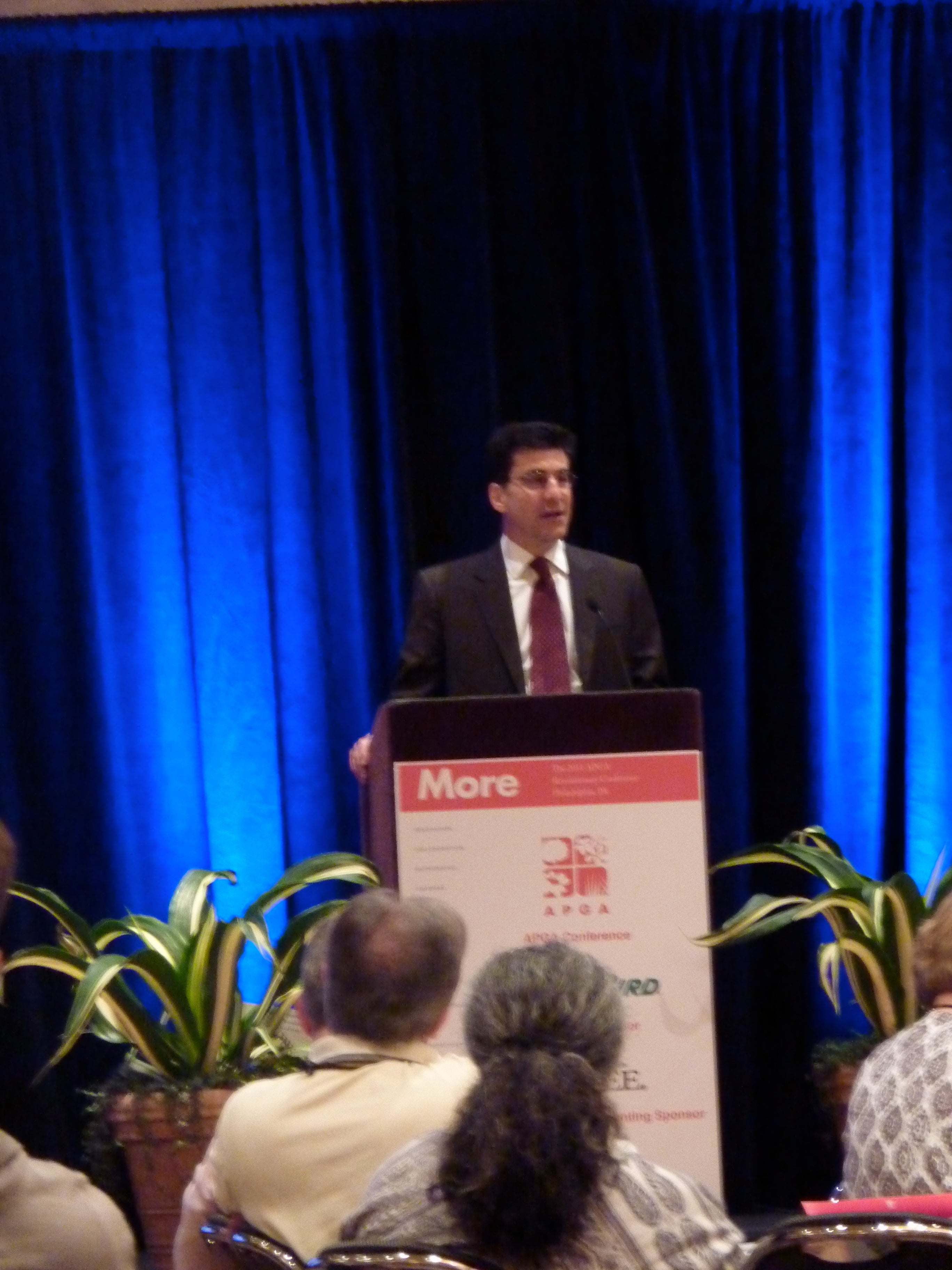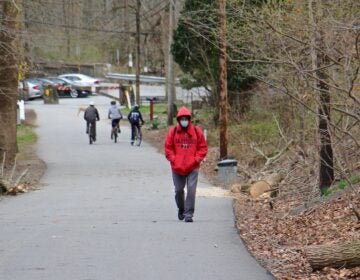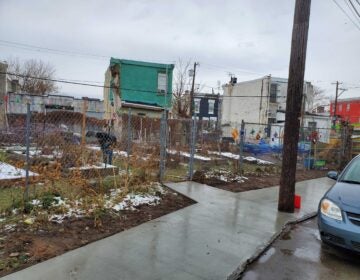Botanical Garden execs discover Our Greene Countrie Towne
This week, a record 700 attendees have come to Philadelphia for the annual conference of the American Public Gardens Association. As the event kicked off its second day of meetings at the Loews Hotel on Wednesday morning, several prominent Philadelphians — including Mayor Michael Nutter, Parks and Recreation Commissioner Michael DeBerardinis, and PHS president Drew Becher — were on hand to boost the city and its leadership role in things green.
“In fact, we have so many smart people in the [local] government, that I was invited to be the warm-up act for my deputy mayor, Michael DiBerardinis,” joked Nutter by way of introducing the conference’s horticultural plenary speaker. He proved a droll lead-in to that headliner indeed, garnering numerous guffaws and applause from his audience.
Along the way, the Mayor spoke about the city’s Greenworks efforts, the new pop-up garden at 20th and Market, our historic attractions, and the wonders of the Benjamin Franklin Parkway. “Part of my job is promoting all of these things,” he said. “If you mention my name while visiting them. . . .”
DiBerardinis, in contrast, delivered an impassioned half-hour address that traced the development of the nation’s recognition of environmental issues, and their impact both on him personally and on Philadelphia. In his speech, “Making Philadelphia the Greenest City in America,” he pointed out that Fairmount Park was founded to protect the city’s water sources, more than 100 years before legislation such as the Clean Water Act. He also touched upon the creation of a national park system and the City Beautiful Movement, both of which have local connections.
Eventually, he too turned to Greenworks. “Why are these goals so important?” he asked. “They are representative of our generational imperatives — the challenges and opportunities of our time.” Greenworks, he added, advances the conservation agenda whose history he had outlined so eloquently.
Becher appeared at a later panel, “More People, More Urbanism, More Heat, More Drought: The Role of Botanical Gardens in the Metropolis.” He gave a fairly standard presentation on the mission and accomplishments of PHS, but drew heightened attention when he mentioned its 10,000-plus force of volunteers.
Two others panelists, Todd Forrest of the New York Botanical Gardens and Claire Sawyers of Scott Arboretum at Swarthmore College, spoke similarly about their own organizations.
Botanical gardens are “living laboratories,” Forrest said, adding that the same was true of urban and community gardens. “They can show what might be happening or about to happen in the greater environment.” His presentation introduced notions of ornamental and exotic species versus native and invasive ones, a thread that was more thoroughly examined by Dennis McGlade, principal at landscape architects OLIN. McGlade spoke of how OLIN — which, among many other projects, created the most recent master plan for the New York Botanical Garden — has increasingly turned to brownfield redevelopment. He issued a plea to the horticulturalists in the audience to consider “another approach to looking for Eden” by working to popularize the grasslands and flora that naturally spring up on such vacant sites.
“Whole habitats have been created,” he said. “They don’t have to totally be destroyed and made over.” His comments engendered an enthusiastic response from audience members, who spoke of “feral” and “found” landscaping movements. “You’re on to something there,” said one.
With so much vacant land still spilling out of the edges of cities, Forrest added, “feral landscapes are becoming the new norm.” This week, as conference attendees sample some of the riches offered by our region’s botanical treasures — including those from members of the host committee, Longwood Gardens, Tyler Arboretum, Chanticleer Garden, Winterthur, Mt. Cuba, Morris Arboretum, and Scott Arboretum — perhaps they might also look for beauty in more unexpected places. After all, as McGlade said, these sites too can “have magic.”
Contact the reporter at jgreco@planphilly.com
WHYY is your source for fact-based, in-depth journalism and information. As a nonprofit organization, we rely on financial support from readers like you. Please give today.



